Topkapi Sarayi (Palace) - Seat of Power of the Ottoman Empire
![]()
From the 1290s on, the Ottoman Empire began its rise to absolute power in the lands of present-day Turkey. However, it took them until 1453 to capture the greatest prize - Constantinople. Sultan Mehmet II made final preparations and laid siege to the city. For seven weeks the residents held out and fought back but Mehmet prevailed and on May 29, the sultan's armies stormed the walls and razed everything in their path.
Mehmet immediately began rebuilding, renewing and repopulating the city and, in 1459, initiated construction of a fine palace and administrative center, Topkapi. We noted with interest that this was about the same time as Emperor Pachacutec was building his great citadel, Machu Picchu in Peru, many thousand kilometers away.
Today Topkapi Palace is remarkably well preserved, restored, and highly visited! The palace consists of a collection of buildings around a series of four successive courtyards.
Passing through the Bab-i Humayun, (Imperial Gate), we felt as we had stepped back in time. In earlier times, this first courtyard was the portion of the palace open to all citizens who had dealings with the administration. As we strolled along the shaded walkways, ahead was the Bab-us Selam (Gate of Salutations) or Ortakapi (Middle Gate).
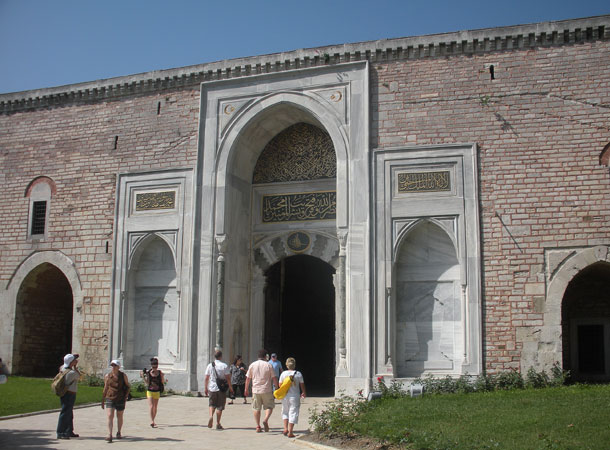
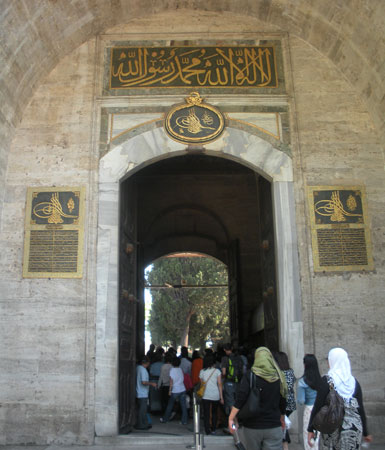
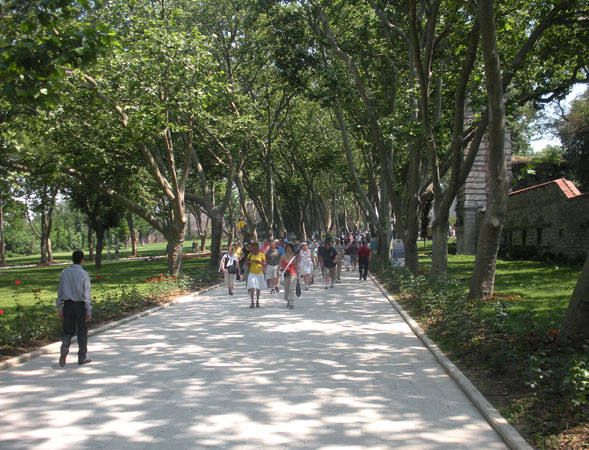
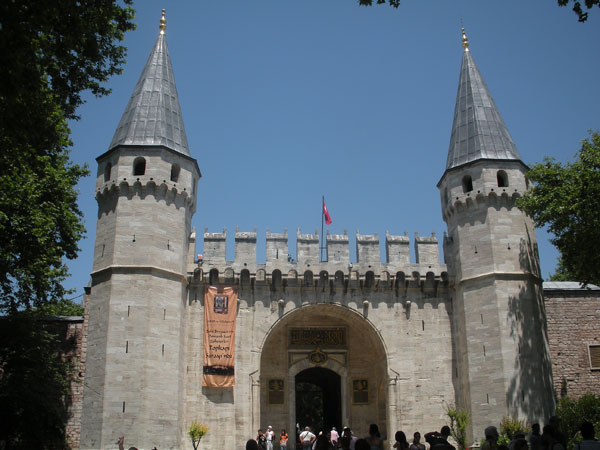
Once through this gate, we entered the second courtyard where expanses of green lawns, flowers and giant cypress trees provided a serene setting for the Tower of Justice and the Divan. Here the Imperial Councilors sat in session, doing the business of the empire under the Sultan's watchful eye, from behind his screened window.
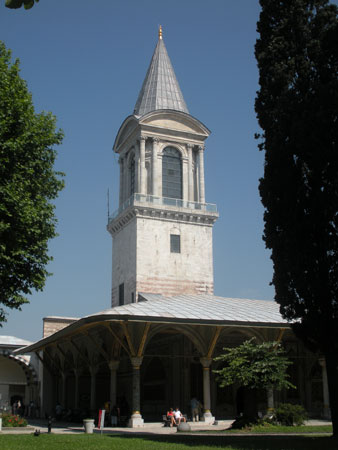
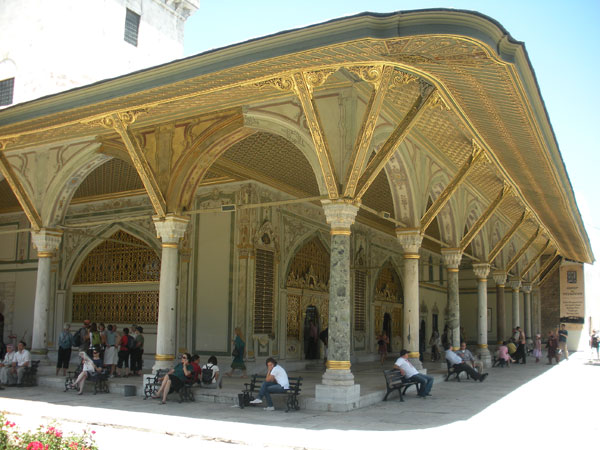
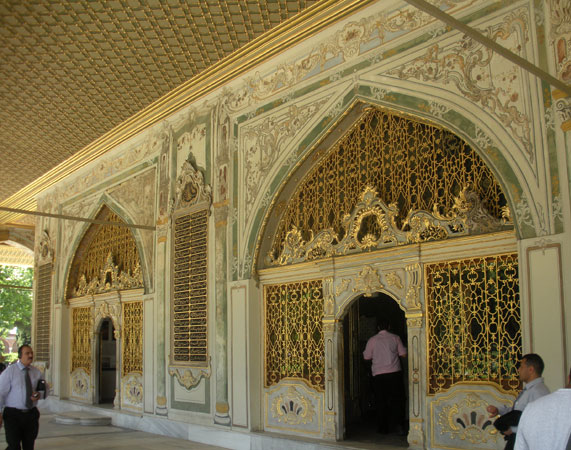
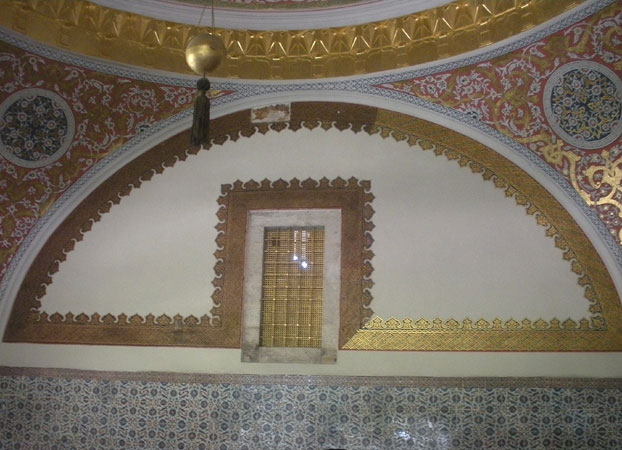
The next gate, Bab-us Saadet (Gate of Felicity), included a room where the Sultan awaited the deliberations of the Councilors. We noted that the covered bed/couch blocked his contemplation of the lovely ceiling.
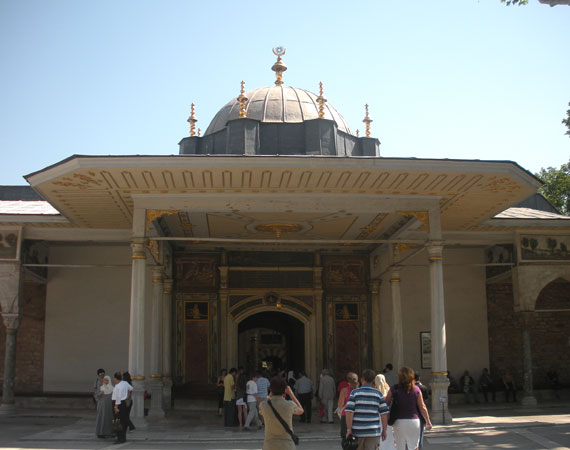
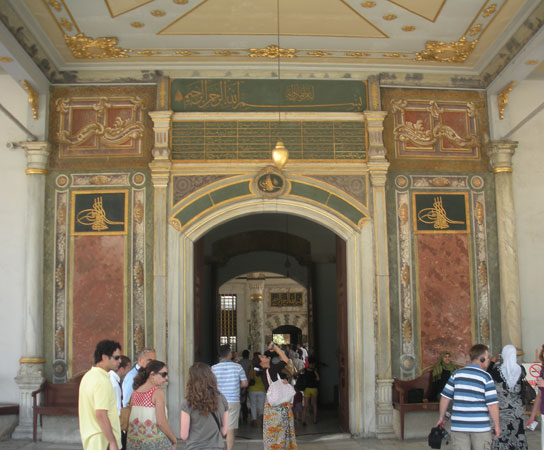
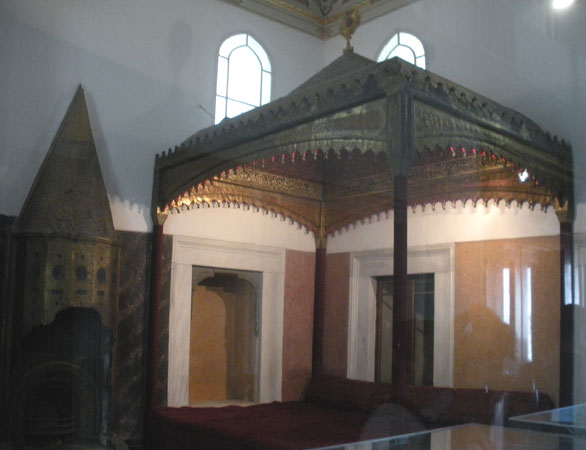
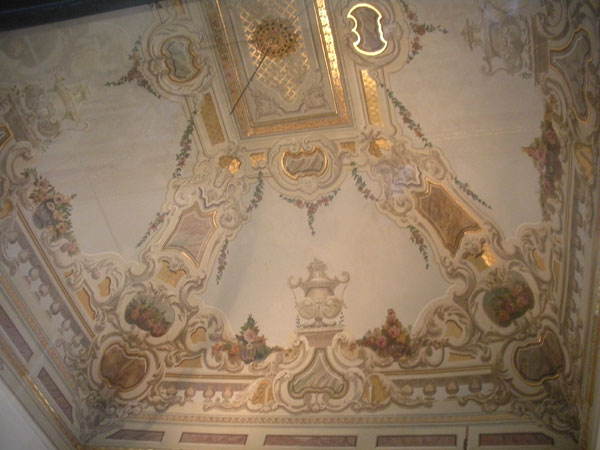
Entering the third courtyard, we were confronted by a somber building of gray stone, the Kutuphanesi (Library) of Ahmet III, built in 1719, once stocked with a collection of books on theology and Islamic law, for the use of himself and his household officials. Inside this large open space, well lighted by windows and a chandelier, lined with comfy couches under a classic dome, with Iznik tiled walls, we wished we could return with several good books!
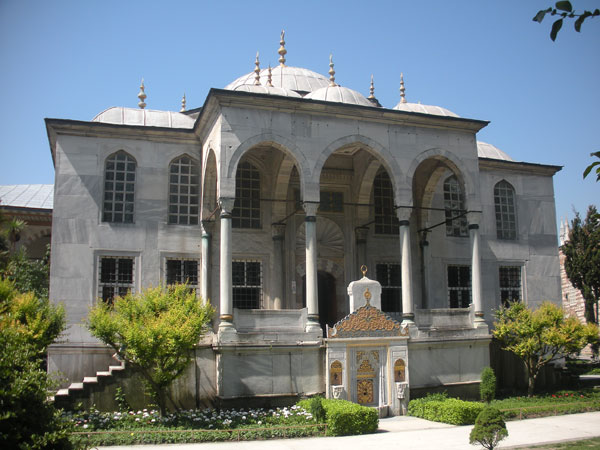
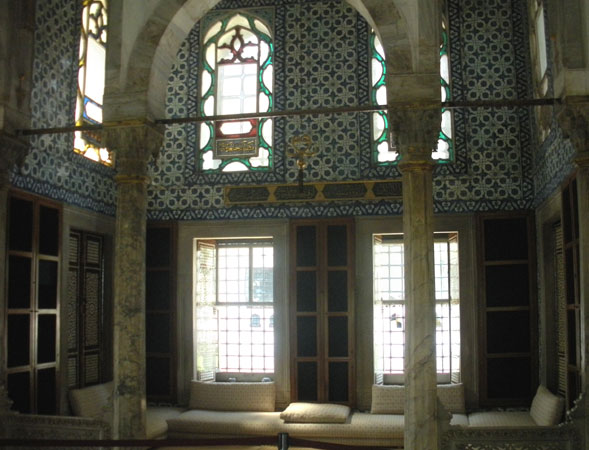
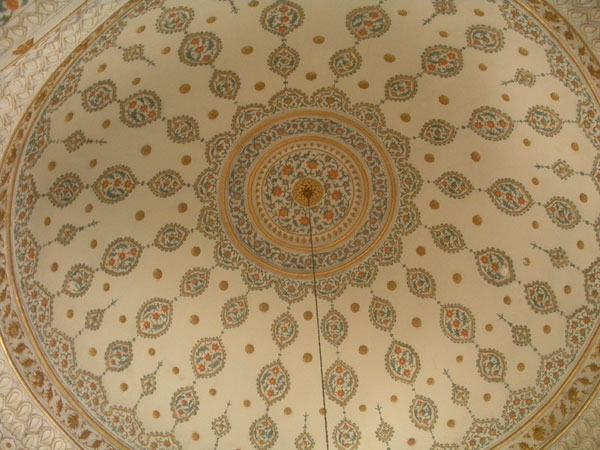
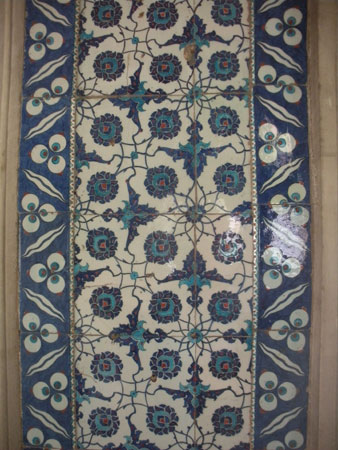
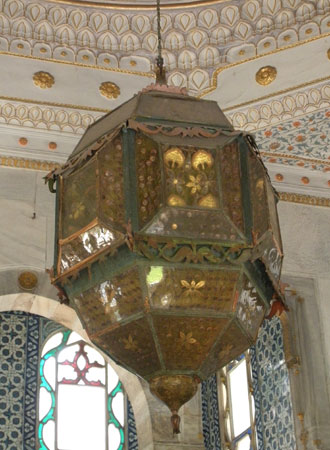
The Pavilion along one side of this courtyard provided a stunning place to exhibit the vast collection of the Imperial Treasury: finely wrought articles of gold and silver encrusted with profoundly large and abundant precious stones and cut jewels. The Topkapi dagger featured in the thriller movie, Topkapi, was big crowd pleaser, as was the Spoonmakers diamond, the 5th largest in the world. Sadly, no photos were allowed.
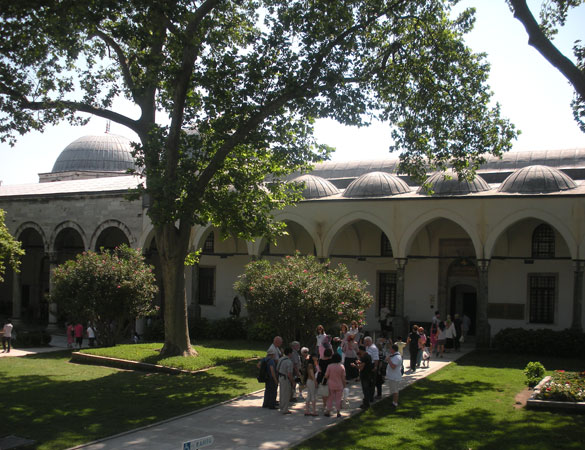
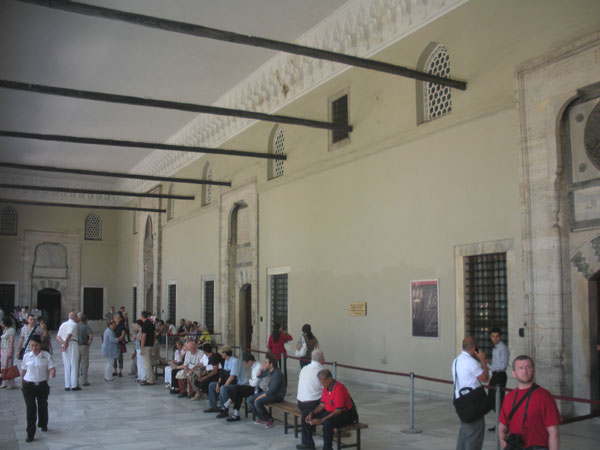
Entered through a passageway, the fourth courtyard gave us a window on the private lives of the Sultans. Here gardens graced with Koskus (pavilions) offered a refuge from the trials and tribulations of power. The views of the Bosphorus were spectacular as were the richly tiled pavilions.
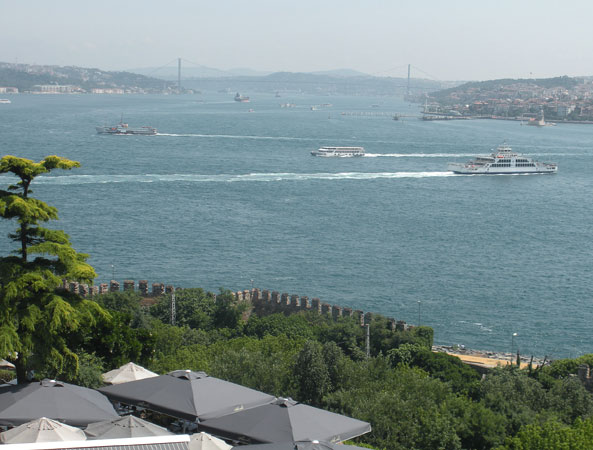
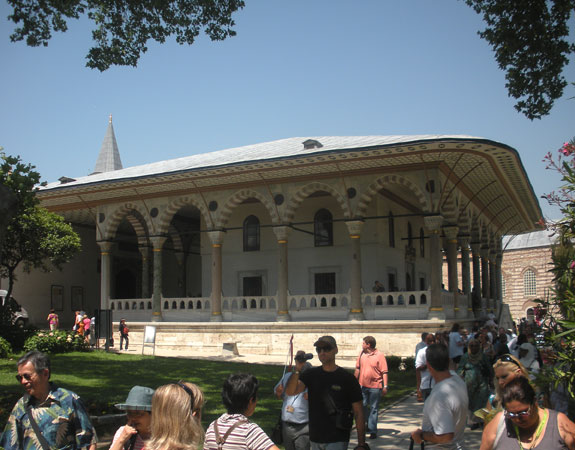
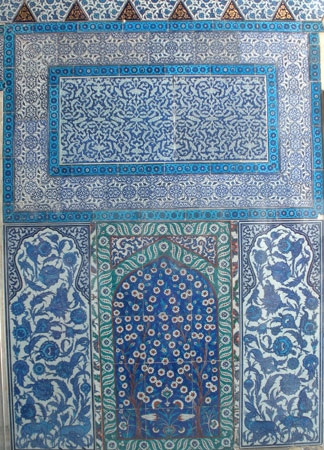
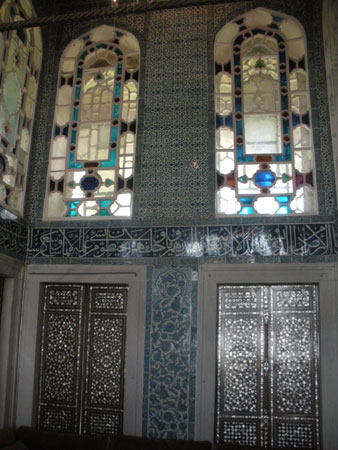
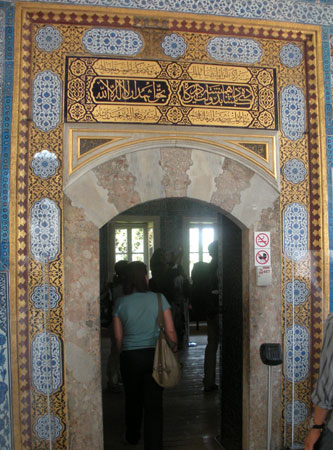
Returning through the courtyards, we lingered knowing that all too soon we would leave this idyllic place and find ourselves back in the 21st century!
Click here to return to our 'Summer 2010 - Turkey and More Time in Europe' page
![]()